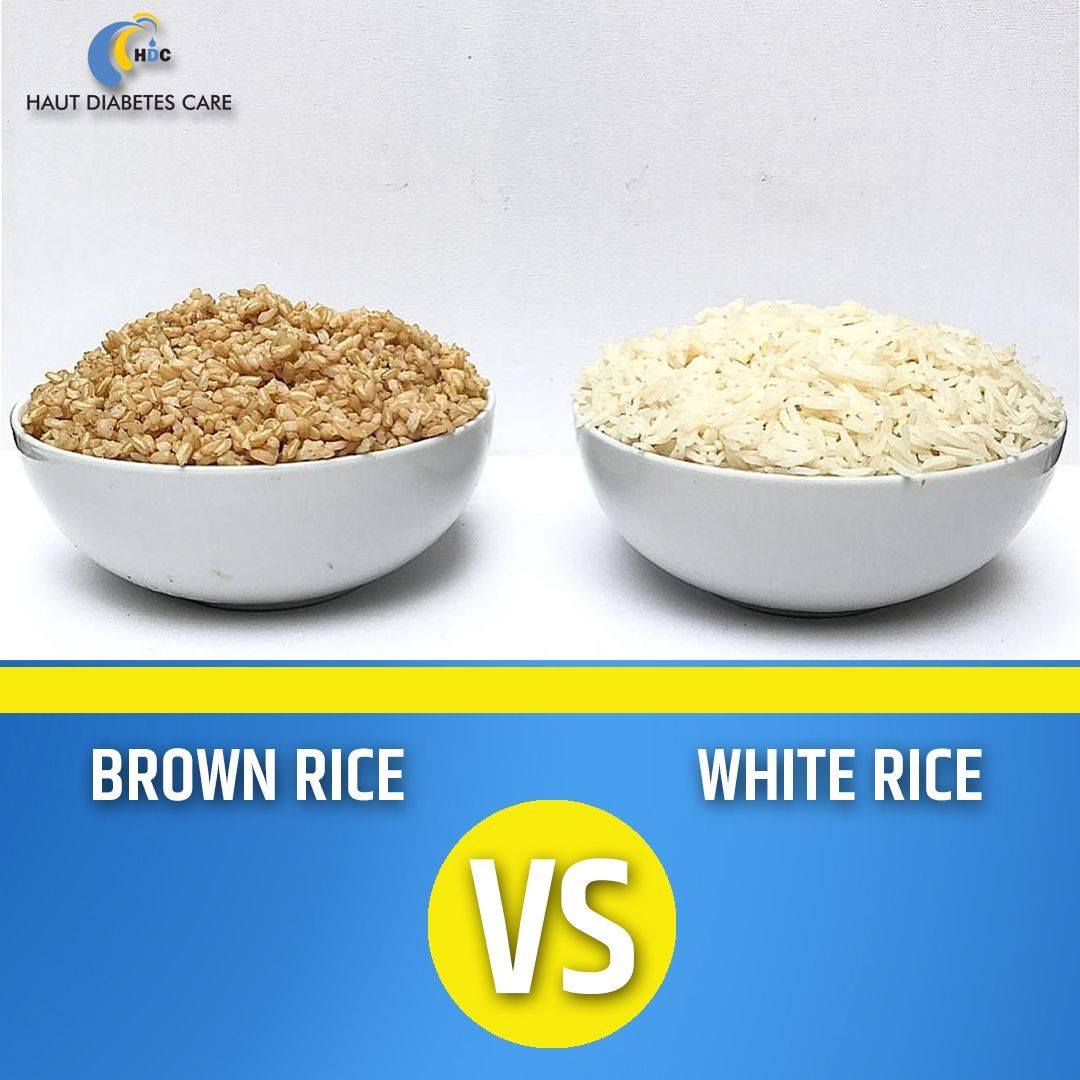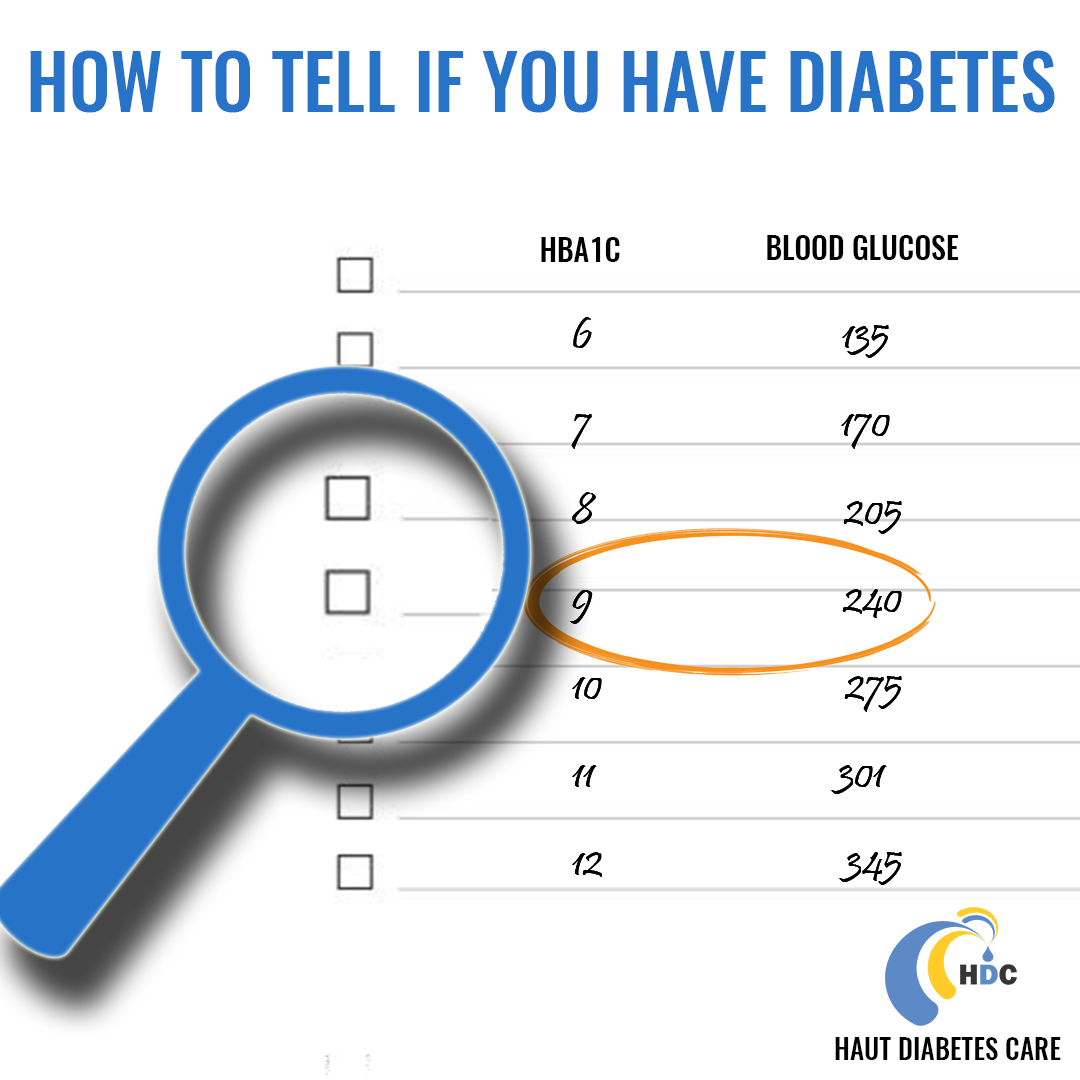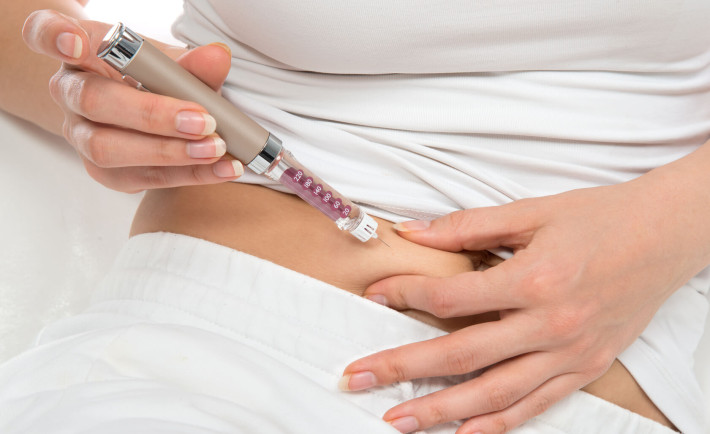What is Gestational Diabetes ?
When a woman develops high blood sugar levels 1st time during her pregnancy (usually during 2nd or 3rd trimester) is known as Gestational diabetes. It is normally disappears after delivery but may remain persistent in around 2-4% women. women with history of gestational diabetes have higher chances of getting type 2 diabetes in future.
Some women may have Type 2 diabetes before pregnancy & they conceive. In such women high blood sugar levels will remain persistent even after delivery.

Causes of gestational Diabetes (GDM):
Normally Obese or overweight females are more prone to get gestational diabetes. Insulin resistance is main cause of GDM. In normal pregnancy around 6-8 Kg weight gain occurs.
In 2nd trimester Placental Lactogen (HPL) hormone level starts increasing in blood it helps increase in insulin resistance further and precipitates Gestational Diabetes.
Symptoms of Gestational Diabetes :
most of the women do not show any symptoms of gestational diabetes and it is often detected during routine sugar test. some may suffer following symptoms :
- increase in urination
- increase in thirst
- extreme tiredness
- dryness of mouth
most of these symptoms are normally present during normal pregnancy and often goes unnoticed.
Screening :
- screening for Random Blood Sugar (RBS) test before pregnancy and during 2nd or 3rd trimester is important
- OGTT with 75 g glucose is confirmatory
- HbA1c (Glycosylated Hb) & Fructosamine tests are not useful for early detection
Treatment :
Insulin injection regime is only approved therapy during gestational diabetes.
previously only regular insulin (Human Actrapid/ Huminsulin R/ Insugen R) and NPH (Insulatard) was approved.
Now some faster and longer acting insulin analogues are approved as a treatment for gestational diabetes including Lispro (Humalog/ Eglucent), Aspart (Novorapid), Glulisine (Apidra) Faster and detemir (levemir) Longer.
During Gestational diabetes or during pregnancy only Safe anti-diabetic drug is Metformin.
Maximum Dose – 2000 mg / day
majority of time metformin alone is not able to control blood sugar levels and insulin is necessary.
Other drugs including sulfonylureas, glitazones,DPP4 inhibitors, alfa glucosidase and SGLT2 inhibitors should be avoided.
SMBG monitoring is very important during Gestational Diabetes.
It is always advisable to consult your Diabetologist regularly with SMBG to titrate your insulin dose during gestational diabetes to get a favourable outcome.
Complications of Gestational diabetes :
If your blood sugar levels remains high during gestation or pregnancy then they may lead to following problems :
- Premature Birth
- Miscarriage
- May need labour induction
- Pre-eclampsia or Hypertension
- Cesarian section
- Macrosomia – weight more than 4 kg in indians ( Size may cause stress, obstruction and complications during delivery) ( Large babies are often observe if maternal sugars are higher in last trimester)
- Perinatal Death – Stillborns are common
- neonatal Hypoglycemia – newborn with low blood sugars
- neonatal jaundice – jaundice in newborn
- long term complications include Higher chances of gestational diabetes in next pregnancies or Type 2 diabetes in future for mother.
If you have any questions or doubts, feel free to ask me in comments !
Share, Like & Subscribe to my Social media Icons 😀









